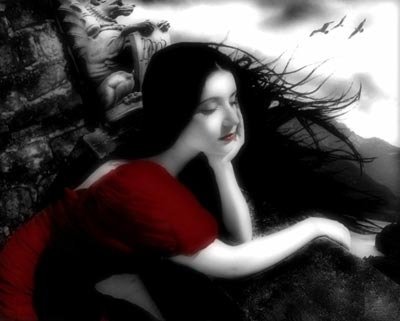Near-death experience report
Dr. Raymond Moody, a famous American psychologist, after studying 150 cases of near-death experiencers (people who have been revived after experiencing 'clinical death'), attempts to uncover the truth about death for people.
Despite the different contexts in which near-death experiences occur and the vastly different personalities of those who experience them, it is certain that there are undeniable similarities in the accounts of these individuals' "near-death experiences" — I have roughly summarized them into 14 points, arranged according to the order in which the sensations appear.
They personally hear doctors or others present clearly announce their death. They feel their physical strength has reached its limit.
In the early stages of a "near-death experience," there is a peaceful, pleasant sensation. First, they feel pain, but this pain passes quickly, and then they realize they are floating in a dark dimension. An unprecedentedly comfortable feeling envelops them.
At the time of "near-death" or "death," strange sounds drift over. A young woman said she heard a melody-like tune, a beautiful one.
Some report being suddenly pulled into a dark space. You begin to perceive something; it's like an airless cylinder, a transitional area, on one side is the present world, on the other side is another realm.
They find themselves standing somewhere outside their body observing their own shell. A man who drowned recalled that he had detached from his body and was alone in a space, as if he were a feather.
They try hard to tell others about their predicament, but no one hears their words. One woman said, I tried to talk to them, but no one could hear me.
In the out-of-body state, the sense of time disappears. Someone recalls that during that time, he repeatedly entered and exited his physical body.
Vision and hearing become more acute than before. A man said he had never seen so clearly; his eyesight had been enhanced in an incredible way.
Afterward, a strong sense of isolation and loneliness appears. One man said, no matter how hard he tried, he couldn't communicate with others, so "I felt very lonely."
At this point, other "people" appear around them. This "person" either comes to help them transition peacefully to the land of the dead, or to inform them that the hour of their death has not yet struck, and they need to go back and stay a while longer.
In the final moments of a "near-death experience," bright light appears. This light possesses a certain "humanity," a very clear "humanity." At this time, the individual conducts a panoramic review of their entire life. When experiencers describe it using time-related phrases, it is always "one scene after another, moving chronologically according to when events happened, even accompanied by images, allowing some feelings and emotions at the time to be re-experienced."
At this moment, the person encounters something that can be called an "edge" or "boundary" that prevents them from going to a certain place. There are various descriptions of its form: a puddle of water, a cloud of smoke, a door, a fence in the wilderness, or a line.
